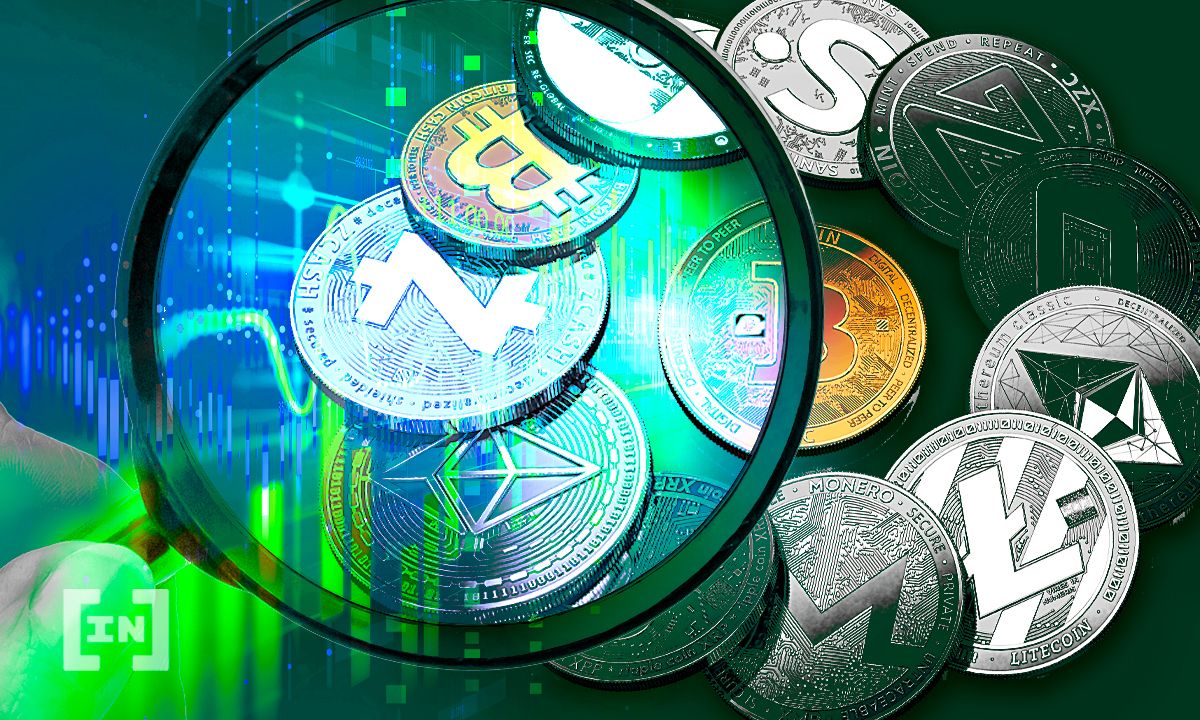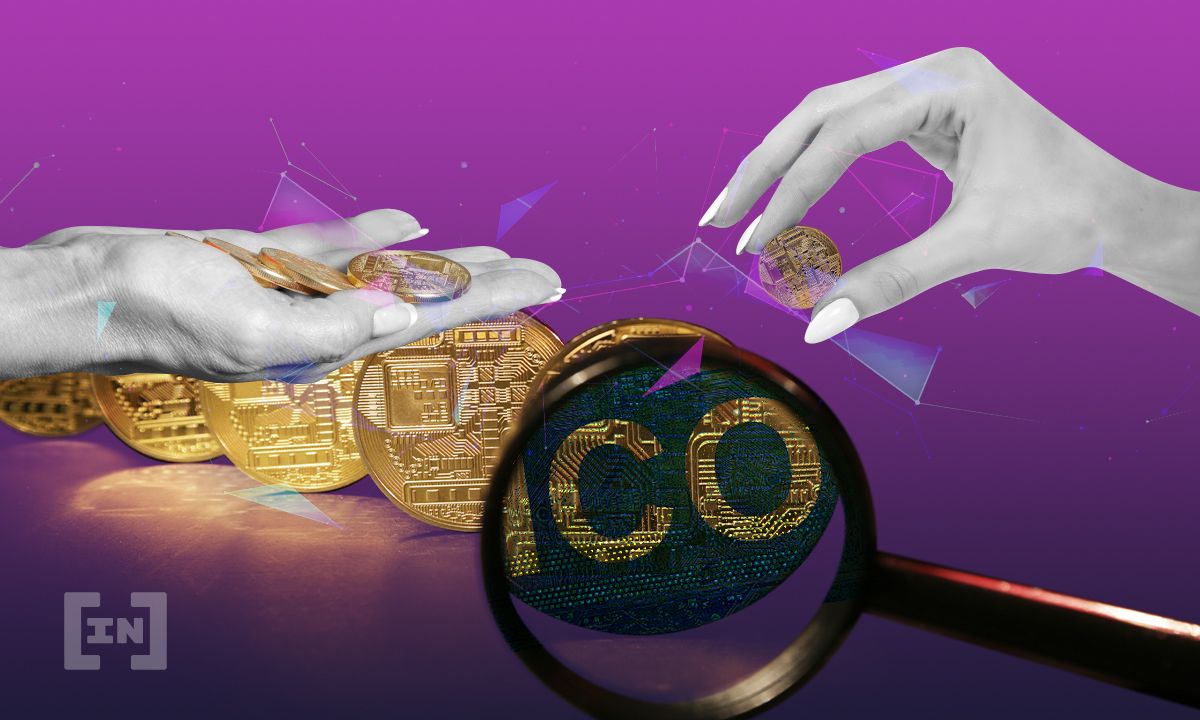In 2021, there have been numerous new coins launched through ICOs (Initial Coin Offerings). Much like the stock markets IPOs, an ICO follows a similar purpose. Knowing how to launch an ICO is not straightforward, but this guide will help you.
For those with an idea for a coin that will perhaps change an industry with the blockchain, this guide will provide the information you need to start making an ICO.
In this guide:
What does ICO mean in cryptocurrency?

In cryptocurrency, an ICO is the initial offering to the public of an asset and, in this case, a crypto asset. An ICO will often start with a cryptocurrency at a meager price, so they are a great opportunity for beginner crypto enthusiasts to get in with little initial investment.
Despite this, getting in on an ICO is as equally risky as it could be beneficial. If there is little appetite for the token, there would be the chance that investors could lose more than they invested. ICOs are, on the other hand, exciting, and it is important to weigh the risk and the reward.
Step 1: Have an idea
While it may be fairly obvious that to launch an ICO, you need an idea — this is a chance to bounce ideas off others. You can also work out the details of how your coin will work and its general purpose. For example, some coins focus on niche industries, creating blockchain solutions in preparation for Web 3.0, while others simply seek to be a coin for others to invest with and trade.
Ask yourself if the solution really requires a blockchain. Work out the fine details of the use case.
Step 2: Assemble a team for the project
Putting together a team allows you to consult people who are likely experts in many of the areas where you need input. This includes legal and regulatory considerations, as well as how the coin might work to achieve its aims. This team can provide a lot of insight before releasing the coin to the public, ironing out any kinks in the project.
Step 3: Draft a whitepaper
The start of many cryptocurrencies is a whitepaper detailing the tokenomics, purpose, and business model for the token, among other details. The paper, in theory, provides all the essential information that investors need to make a decision about the coin.
A whitepaper should set out what issue the coin is solving, if any, and how it will solve the problem. Ideally, you should host this on your website to pitch the coin to potential supporters. Furthermore, in this document, you should include a product roadmap, detailing future plans for the coin.
Step 4: Smart contracts
One of the final stages of creating an ICO is the creation of a smart contract. While the most common is ERC-20, the industry standard, there are other options. Additionally, if you don’t know how to create a smart contract, OpenZeppelin provides a tool (and template) for creating one, which requires minimal information from your side. Once this is complete, examine it thoroughly and launch it.
Step 5: Picking a sales model for your coin
The next step is to pick a sales model, of which there are several. Which one you choose may depend on several factors, including the location of your headquarters (as different countries have different rules about ICOs).
There are eight different token sales models that you may use for an ICO.

1. Supply at fixed rate (Uncapped)
This model means that a token would go on sale for a fixed price, allowing early adopters to buy an initial number of tokens without the market fluctuations usually associated with the cryptocurrency market. This, in contrast, will only remain at a set price for a certain period of time, after which buyers of the token would purchase it at the market rate.
2. Soft cap
In a soft cap sales model, the creator of the token determines the minimum fundraising amount of the ICO, setting the price accordingly. As such, it requires the selling of a certain number of tokens for a set amount, after which the ICO will continue until the set end date and time. This raises the possibility of the fundraising being successful.
3. Hard cap
Contrary to the soft cap, hard cap means that the token creator sets the maximum amount of capital needed. The ICO ends at this cap or at the end of the ICO period, whichever comes first. This may mean that potential investors miss the opportunity to invest in the ICO, leaving some unlikely to consider investing later on.
4. Hidden cap
When using hidden cap, investors will not know the amount of capital allocated until the time of the ICO. Equally, they will not know other goals until the ICO goes live. This may be useful if the ICO is subject to a lot of speculation, as this would keep key details under wraps until the public needs to know.
5. Dutch auction
A Dutch auction is a method where, in the case of cryptocurrencies, the value of one coin will start at the highest asking price. Subsequently, the price comes down to a level at which the bids received will encompass all tokens on offer.
Comparatively complicated, this is not the best method for an individual to launch an ICO, particularly if it is the first time. Working in the opposite way to which an auction usually would, it may not be the best if the creator of the token wants a simple process.
6. Reverse Dutch auction
While you might expect that the reverse Dutch auction would, logically, be the opposite of the above, this is not entirely true. The good news is that it is simpler. There is a limited number of tokens and the number of tokens sold each day is equally divided among the duration of the ICO. So, for instance, if the ICO lasted for five days, 20% of the total token amount would be sold each day.
A fairly simple method, this controls the distribution of tokens if there is significant demand for the ICO.
7. Collect and return
In this method, there is a set price, but buyers may bid above this set price. Where the price is above a set amount, some capital may be returned to the investors. To obtain larger amounts, investors will have to go through with multiple smaller transactions.
This gives more people a chance to partake in the ICO. The disadvantage is that it results in higher transaction fees for participants.
8. Dynamic ceiling
The dynamic ceiling stops investors with a significant amount of money from buying many coins in one transaction. Instead, making them buy in smaller amounts throughout the ICO, spreading their buys over the duration of the ICO. This stops major investors from taking control of a large number of coins and gives smaller investors a chance.
Any of these sales models may work for an ICO, however, depending on the ICO, one will very likely work better than others. It is an important consideration before putting your token out to the public.
Most ICOs run on the Ethereum blockchain. However, other options are available, if this doesn’t suit the aims of your token.
Step 6: Market your ICO and coin
Before you launch an ICO, there needs to be significant interest in the project for investors to buy into a new coin. If not, there is little point in learning how to launch an ICO if there is little enthusiasm for it. To achieve this, you need to market an ICO and the coin to tell people what they can gain from it and what the aims are. You can do this by setting up social media and using relevant publications or news websites to spread the word.
Add your coin to ICO calendars and post in groups that talk about cryptocurrency on multiple platforms. These are all great ways to create a discussion around your upcoming ICO.
Step 7: And finally, launch your ICO

Finally, to launch your ICO, apply to exchanges such as Coinbase, Binance, Kraken, and Gemini to list your ICO. To better your chance for listing on these exchanges, you should give them the following details (at the very least):
- Coin name
- Coin ticker
- A brief description of the project and coin
- Any branding that may be needed by exchanges, including a logo
- Intended launch date
- Source code (after it has been reviewed)
With all this, you now know how to launch an ICO!
Once accepted by exchanges, you can launch the ICO on the date specified. While not all coins succeed, with the right backing, it is very well possible that it could.
Make sure you follow all compliance standards, provide potential investors with the information that they need, and carry out general due diligence. There is much that goes into launching an ICO, but with the information you now have, you can begin carrying out the process.
Frequently asked questions
How much does it cost to launch an ICO?
According to Appinventiv, the stages and elements for launching an ICO come to a staggering $41,000 on average. Another estimate from a different source suggested that adding up all elements could cost up to $1,000,000. The costs of consultations, producing a convincing white paper, developing how it will work on the blockchain and an ICO website will add up.
How do I launch an ICO successfully?
While there is no secret recipe to launching a successful ICO, there are some things to keep in mind. A combination of a good idea, widespread publicity, and significant backing should make for a good mix. This will ensure that there is a good chance that your ICO will launch successfully.
Is an ICO illegal?
While ICOs aren’t illegal all around the world, there are at least ten countries where they are. The most obvious of these is China, which first banned ICOs in September 2017 and made crypto activity in the country completely illegal as of September 2021. Algeria, Bangladesh, and Bolivia have also banned cryptocurrencies as a whole.
Countries where ICOs are illegal include Vietnam, Kyrgyzstan, Macedonia, Morocco, and Pakistan.
Can you make money with ICO?
From the perspective of someone launching an ICO, it is entirely possible that, despite the high costs, they can make money from an ICO after these initial expenses. Depending on the demand, the price of the coin will likely go up and return a profit. After the costs have been accounted for, ICOs end up with the net profit from the sale of the first tokens.
As an investor in a token at an ICO, this may be more uncertain, but there is a high chance that a coin will significantly increase in price, as demand increases. As such, the many coins which were available to buy for pennies may rocket in price over the coming months and years.
One great example of this is Ethereum. At its ICO, 1 ETH was priced at just $0.31, meaning that you could buy 100 coins at just $31. This is an investment that would be worth $287,353 today, a phenomenal return on investment.
Is it worth investing in ICO?
ICOs have advantages and disadvantages, depending on your perspective. For the individual or organization launching an ICO, there is a lot of initial capital, which could pay off quickly. Alternatively, it could result in money wasted for a coin that never succeeds. The likelihood of the latter, however, is not all that pessimistic.
For investors in the coin, there is a strong case for investing a small amount (or money that you don’t mind if you get back) in an ICO. There are opportunities to get in early and wait for a significant return, as the coin increases in popularity. Equally, it could go the other way (losing both the investor and the token creator money). Keeping these factors in mind, answering the question “Is it worth investing in ICO?,” the answer is yes — but a cautious yes. Don’t invest too much into one token because if it grows, this won’t matter and if not, there will be minimal loss.


